How To Get Rid Of The Box Tree Moth
The box tree moth spreads fear and terror. We have compiled all the methods for combating the borer and revealed which is the best.
The bush tree borer (Cydalima perspectalis) is a green glutton: if it is heavily infested , a young or small box tree ( Buxus ) can quickly be devoured. The robust bushes often drift through again – but the appearance suffers significantly from the moth and the repeated infestation can even lead to the plant’s death. We will introduce you to the various methods that effectively combat the caterpillar and at the same time inform you about the advantages and disadvantages.
At what point in time and with which chemical spray, household remedy or biological preparation can the bush tree borer be eradicated? In the following, you will find a large number of methods as well as information on effectiveness and references to our comprehensive special articles.
Fighting the box tree moth: the right time
Table of Contents
When can you spray the box tree moth or take other control measures? The various stages of development differ in how they can be controlled. Young moth caterpillars are protected from pesticides in nests made of leaves and caterpillar webs, and the pupated caterpillar in the cocoon, in particular, cannot harm the poisons in particular.
You might so like: Boxwood Moth: How To Identify It Safely
The box tree moth eggs and newly hatched larvae can, however, be removed by cutting, e-eating caterpillars are easily caught by sprays or a courageous jet from the water hose. In order to understand when which measure has an effect, you have to get to know your enemy: Eggs, caterpillars, and moths of the box tree moth appear in a very specific order and 2 to 3 generations a year. This article describes the biology of the moth and gives advice on which method can be used and when.
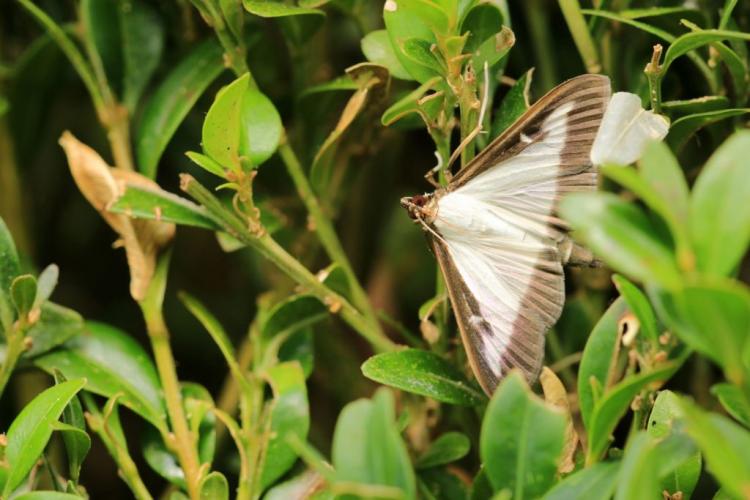
Fight the box tree moth with chemicals
If you want to control the box tree moth with insecticides, there are various manufacturers and active ingredients that we have summarized in a table below. To draw your attention to the devastating effects of these insecticides, you will also find brief information on the respective harmfulness of the agent. Please note that agents that are declared as “not dangerous to bees” often have a tremendous harmful effect on other, no less important or useful organisms.
For this reason, we at Gardender strongly advise against using any of the active ingredients listed below in your garden. Anyone who would like to find out more about the properties of pesticides can do so in the list of approved plant protection products of the Federal Office for Consumer Protection and Food Safety.

Fight the box tree moth biologically
We recommend combating the moth biologically. Using low-dose neem oil sprays is a possible option. Neem oil is also safe for cats. The spray liquid must be applied regularly and, thanks to the ingredients salannin and meliantriol, also acts as an effective deterrent. It simply keeps the moth at a distance using an unpleasant smell. In the meantime, beneficial insects can also be used: nematodes of the Steinernema carpocapsae species parasitize and kill borer caterpillars. In order for these to be able to reach the caterpillars at all, however, a very special formulation of the spray mixture is required, which contains adhesives and swelling agents. The promotion of “own” beneficial insects is particularly close to nature: the native garden birds and wasps, as mentioned above under the point “Home remedies”.
You might so like: Cutting boxwood: expert tips on timing and procedure
Fight the box tree moth with home remedies
The box tree moth can be kept in check to a certain extent with tricks and tricks. If the infestation is low, collecting the caterpillars and cutting out the webs is still worthwhile. If you observe the flight of the nocturnal moths – and thus the mating – using pheromone traps and use the hedge trimmer two weeks later at the latest, you can remove the eggs and newly hatched larvae that have been laid outside. Packing the entire box tree in a net can help prevent the egg from being laid in the first place – but it blocks the view of the beautiful shrub. If you want to reduce a strong infestation quickly, it is also helpful to use a high-pressure cleaner to throw the majority of the caterpillars out of the branches.
Or you can pack individual box trees in black plastic bags and let the sun heat the inside so much that hardly a borer leaves the bush alive. We would like to advise against the use of baking powder and algae lime, because these agents are ineffective or even harmful to your box tree. Lastly, encouraging birds and wasps in your yard is also a preventative measure. These devour the moths (possibly even the caterpillars) and thus plaster part of the problem. You can find detailed information on the use of the above-mentioned home remedies against box tree moths in our associated special article. Please note that home remedies are often more time-consuming and less effective than specially developed remedies.
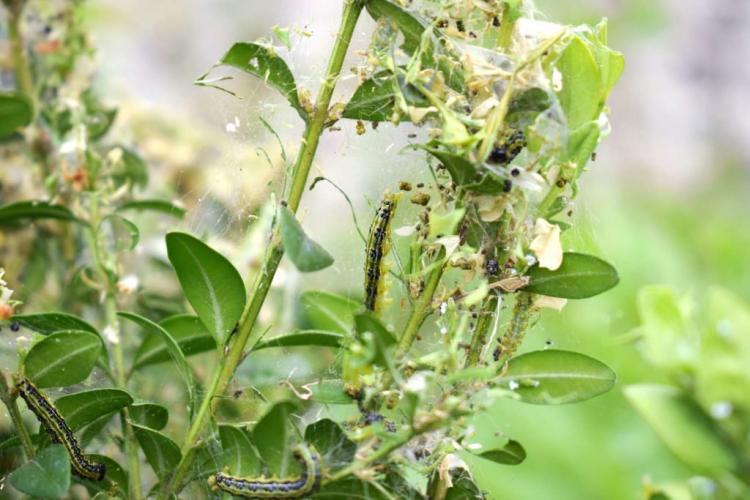
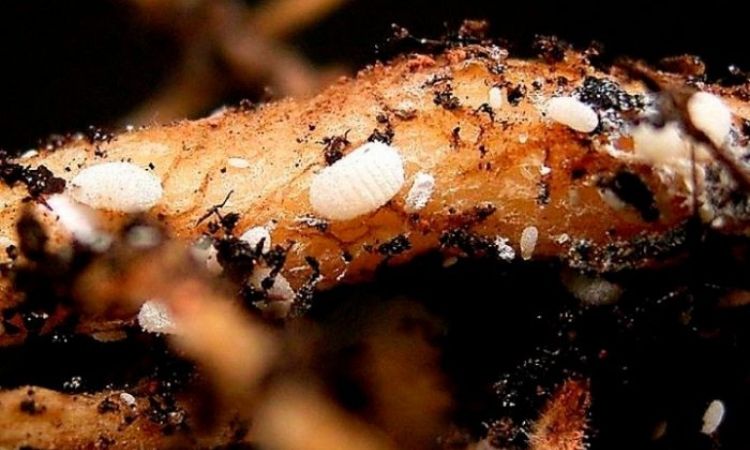
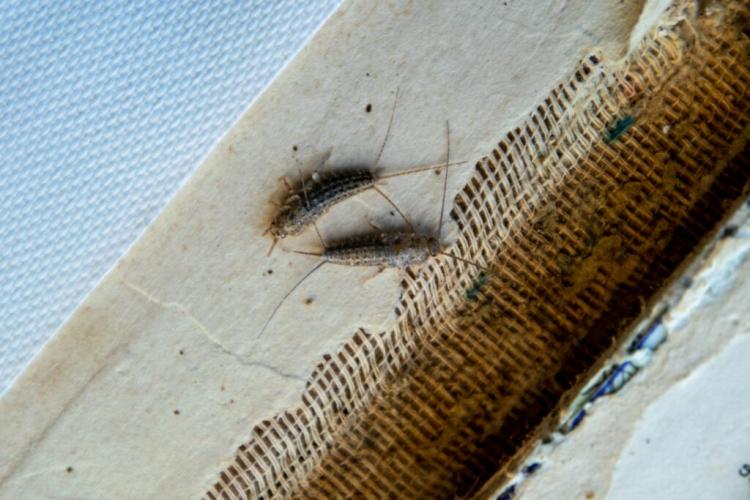
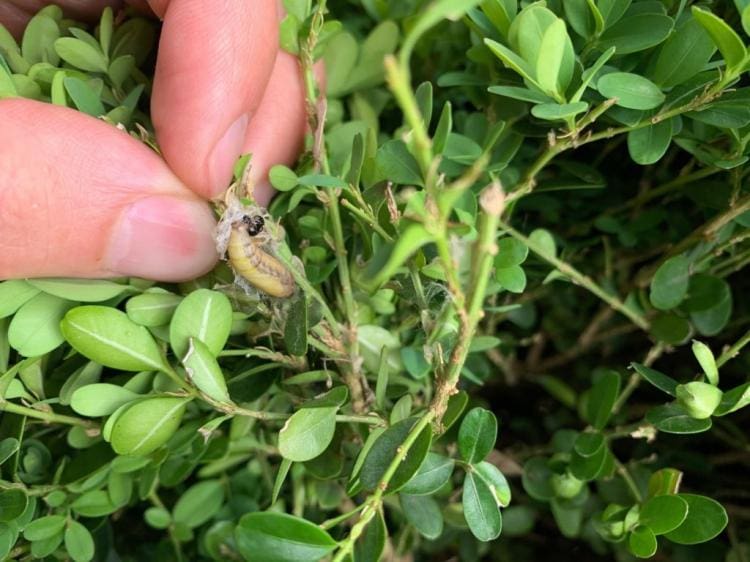
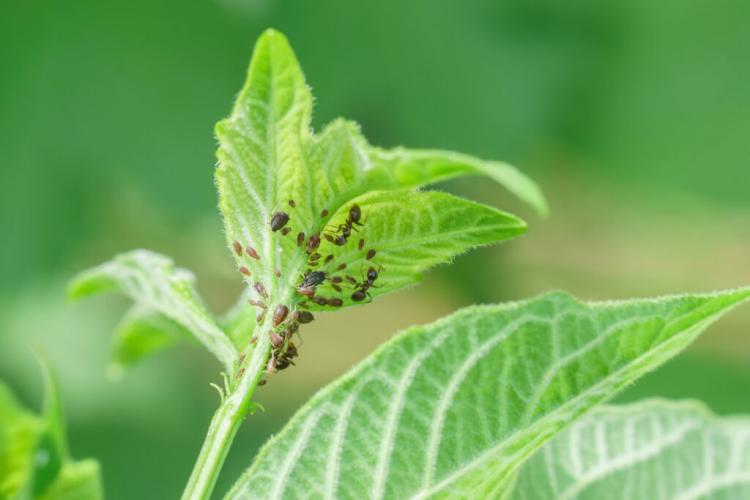
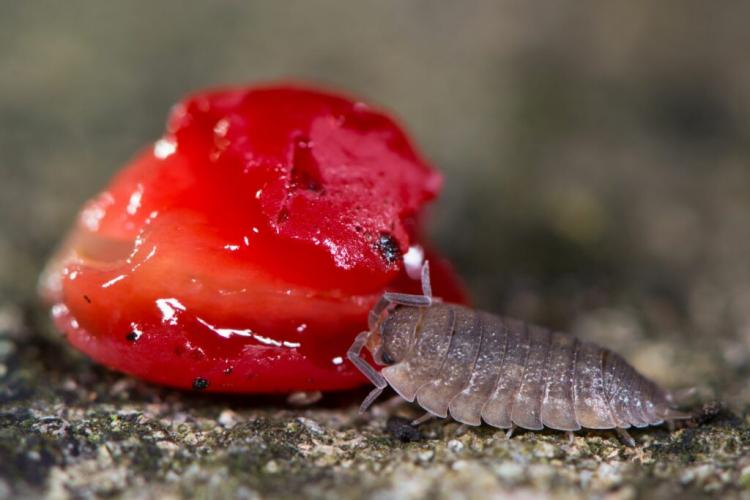
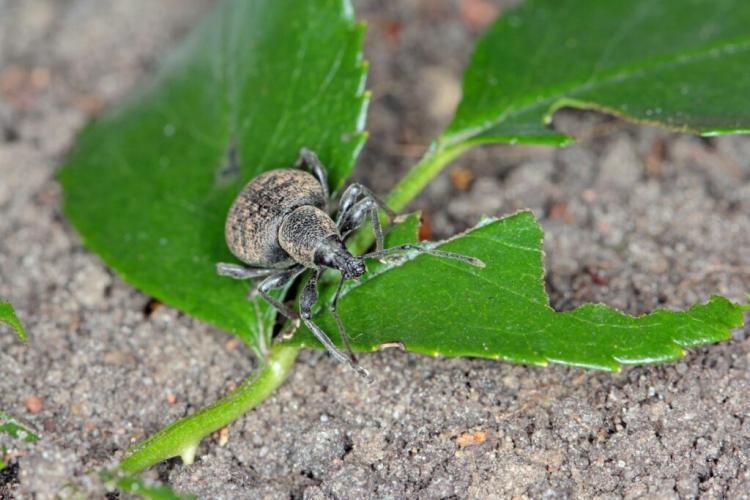
Hello , this has been very helpful, I have a lot of box hedging , and it’s heart breaking to see them die .
I used xen tari , but it cost a fortune , I was hoping they wouldn’t come back , but just found one when I was potting up.
I have been pressure washing all the hedges , haven’t seen any moths or caterpillars in the garden .
Many thanks , glad I found you , off to get neem oil.